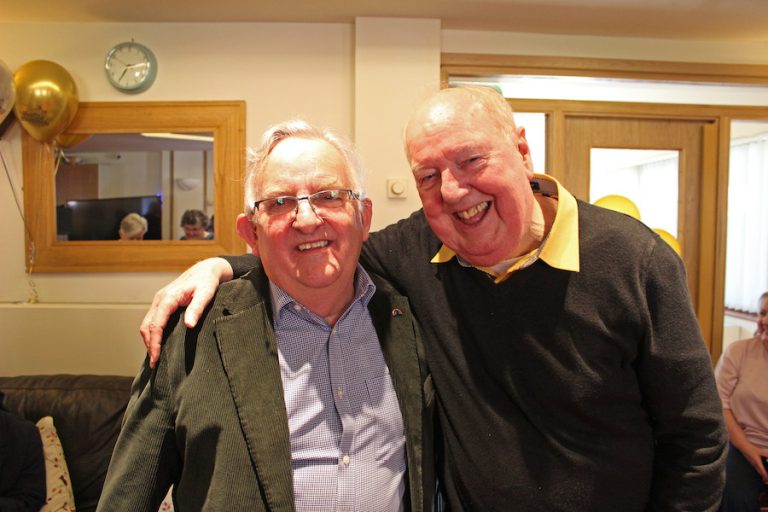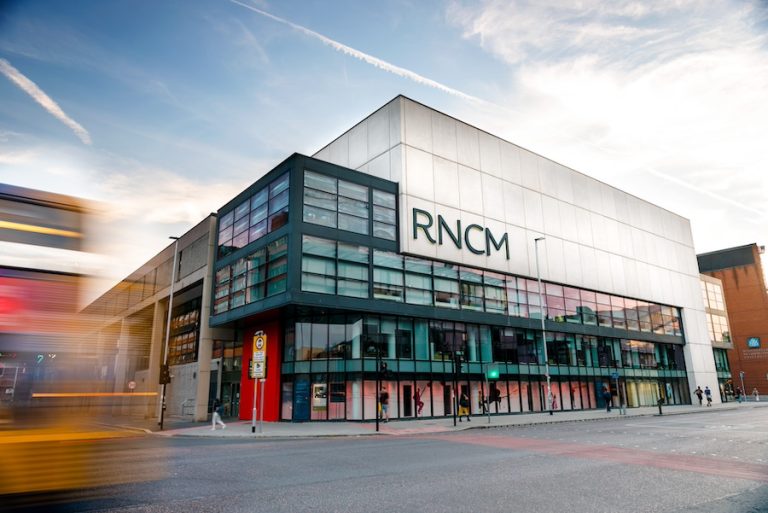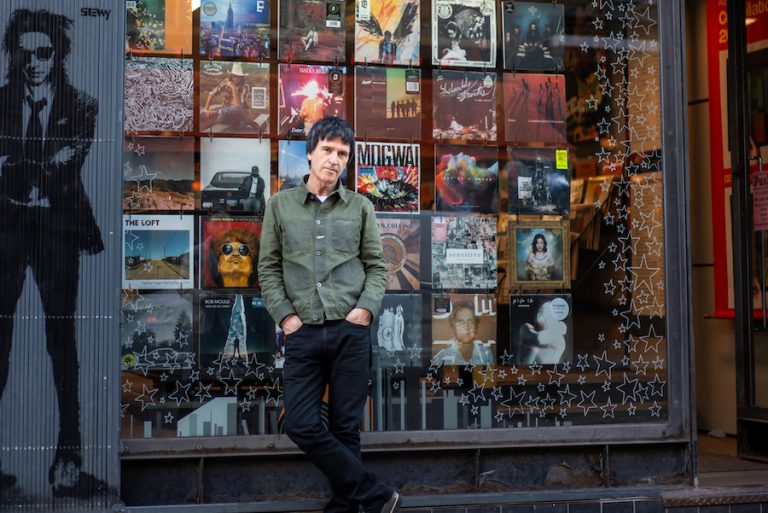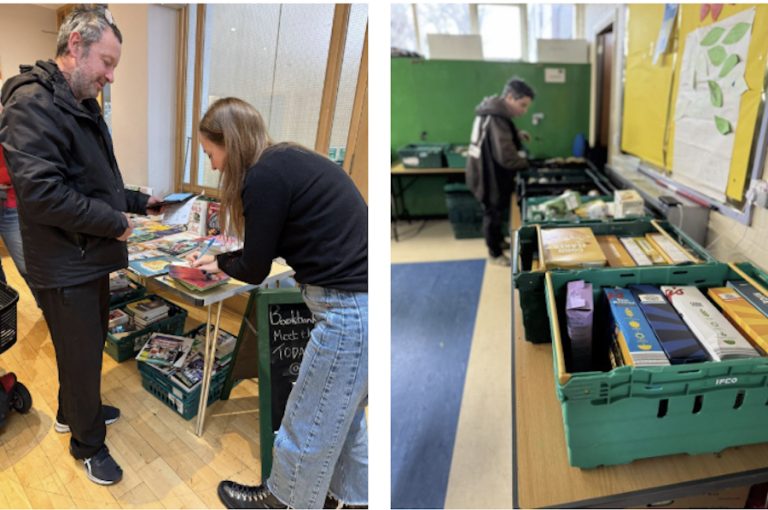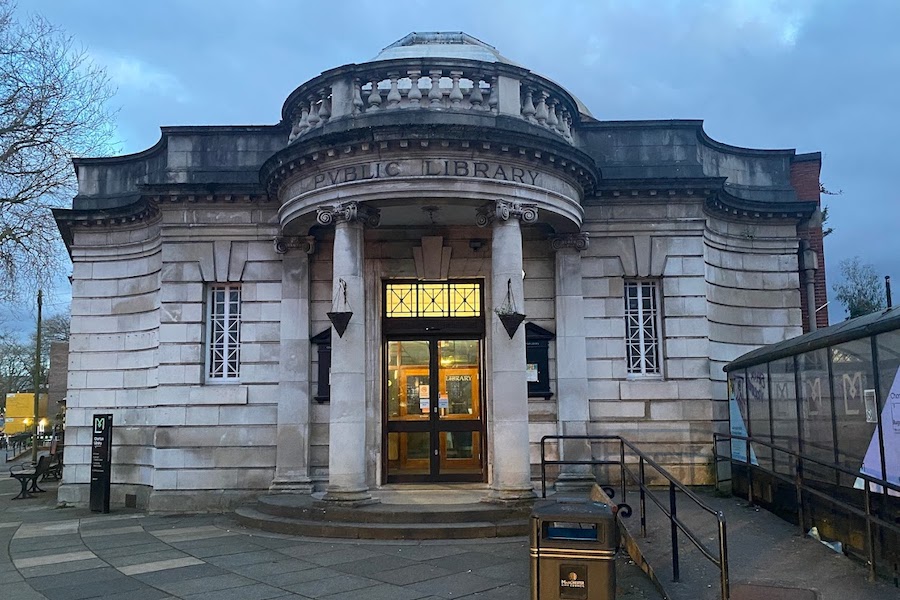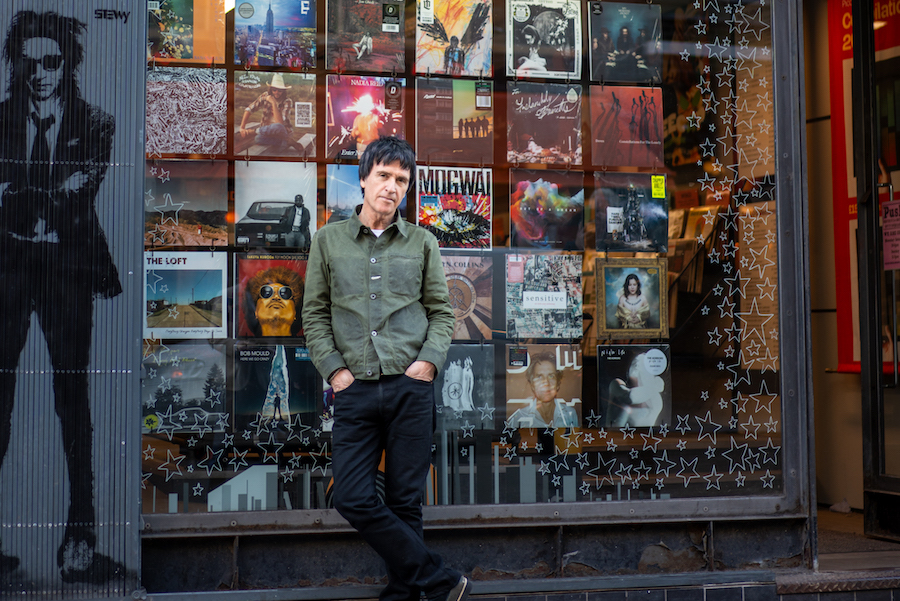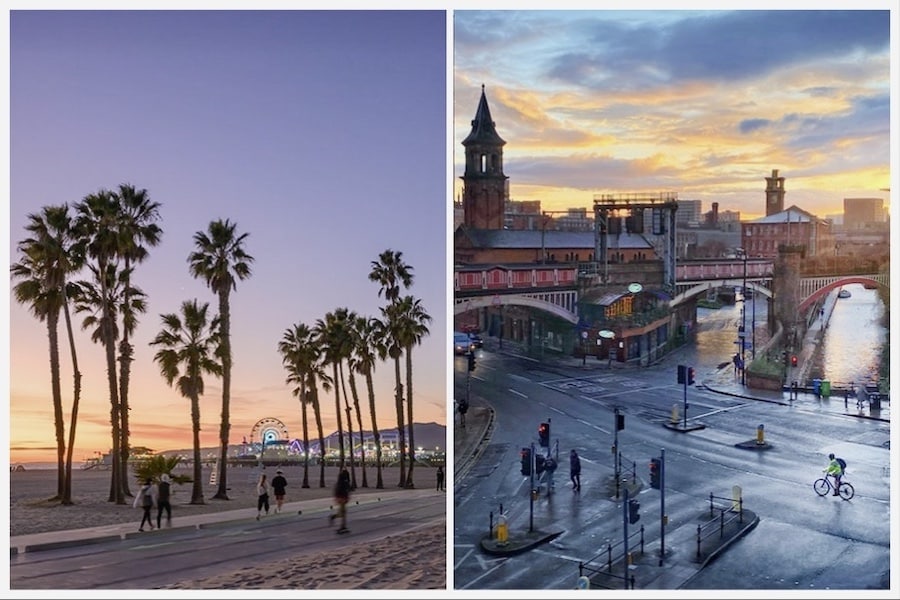Review: Figures of Extinction at Factory International is ‘a pulsating, profound work that will leave you speechless’
- Written by Thom Bamford
- Last updated 1 month ago
- City of Manchester, Music, Theatre
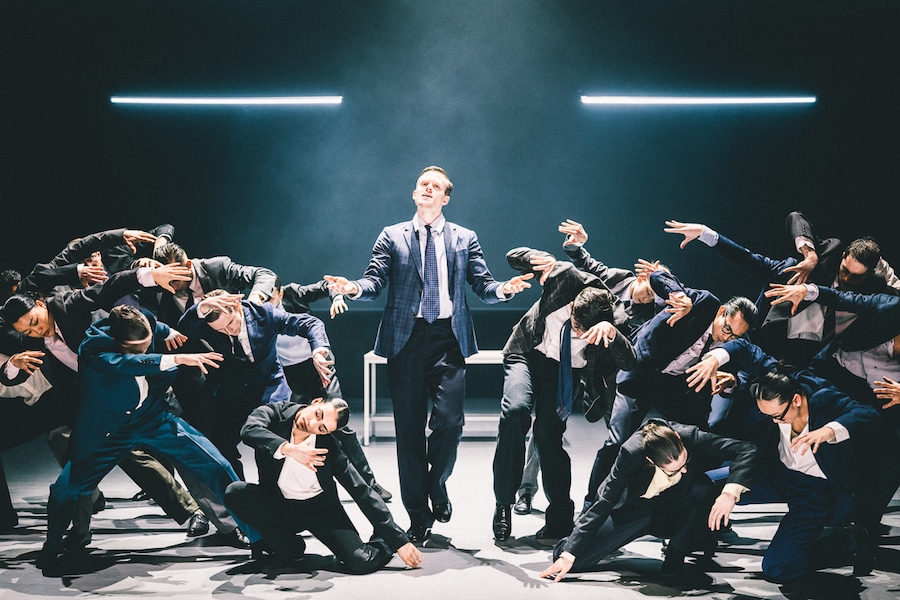
Few collaborations in contemporary performance art promise as much as that of Crystal Pite and Simon McBurney. Pite, renowned for her groundbreaking choreography, and McBurney, a visionary theatre-maker and co-founder of Complicité, have fused their talents to create Figures in Extinction, a trilogy that explores the urgent themes of environmental destruction, human connection, and the path forward.
Presented at Manchester’s Aviva Studios by Factory International, Nederlands Dans Theater (NDT), and Complicité, this performance marks the first time all three works are staged together.
Figures in Extinction
Over four years, Figures in Extinction has evolved into a deeply reflective body of work that serves as both a requiem and a call to action.
The trilogy’s structure, with each piece spanning approximately 30 minutes, takes audiences on a journey from mourning to contemplation and, ultimately, to an exploration of hope.
Figures in Extinction [1.0]: The List
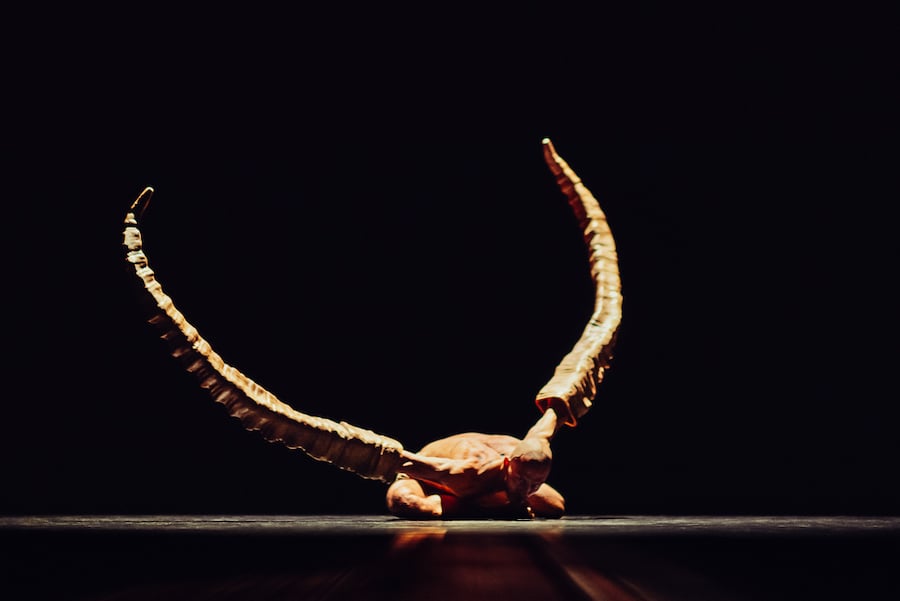
The evening opens with Figures in Extinction [1.0]: The List, a harrowing and visually arresting meditation on loss, climate change, and the relentless march of extinction. The piece, choreographed with raw intensity, transforms the stage into a living elegy—a space where the ghosts of vanished species flicker in and out of existence through the fluid, evocative movements of the dancers.
Simon McBurney’s narration, delivered in his signature hypnotic cadence, serves as both an incantation and a warning.
With each name spoken, another species is pulled from the depths of memory, only to dissolve into nothingness.
The dancers embody these lost creatures with breathtaking precision—the flicker of a bird’s wings, the heavy, laboured steps of an elephant, the final trembling breath of an amphibian clinging to a disappearing habitat.
The choreography moves between moments of delicate beauty and gut-wrenching despair, echoing the relentless cycle of life and destruction.
The set design is nothing short of extraordinary. Walls gradually close in, creating a suffocating sense of entrapment, mirroring the shrinking habitats of endangered species. Tom Visser’s lighting design amplifies this effect, casting elongated shadows that ripple like ghosts across the stage, whispering of a world that is fading before our eyes.
The atmosphere is thick with grief, yet undeniably urgent—this is not just a requiem for the past, but a stark reminder of the present crisis.
One particularly chilling sequence introduces a smug American climate change denier, his voice dripping with condescension as he spews the tired rhetoric of personal choice and economic pragmatism. His movement is fittingly, jerky, angular, mirroring the lies and half truths spouted from his slick suit.
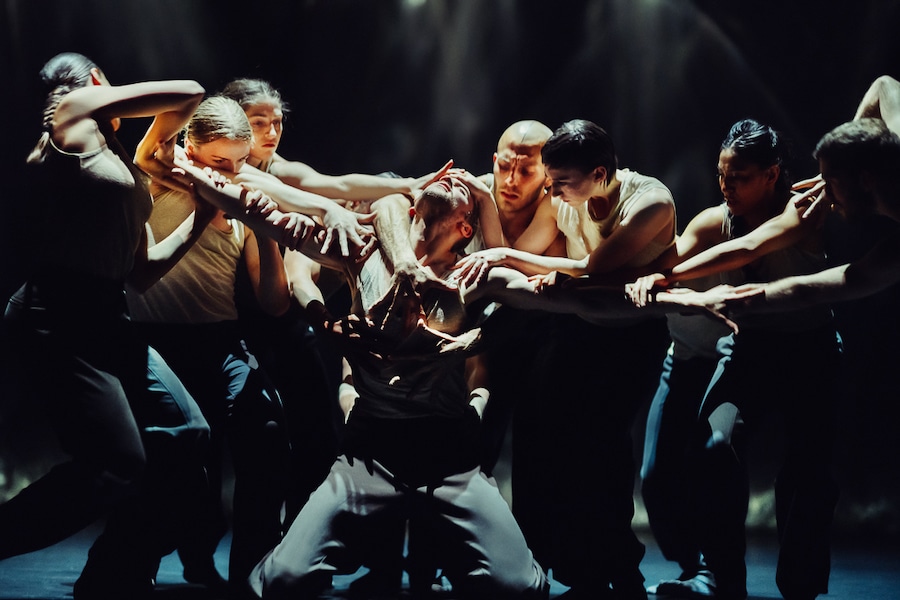
It is an infuriating yet all-too-familiar moment, made even more potent in the wake of political shifts that have emboldened such voices once again, as the tangerine tyrant returns to the White House.
His words clash with the dancers’ desperate movements, a stark contrast between wilful ignorance and the irreversible consequences of human negligence.
The climax of the first part is absolutely devastating.
As McBurney’s narration speeds up, species names blur into one another, the list growing longer, the pace accelerating, an unstoppable metronome of extinction.
The dancers, once distinct in their embodiment of different creatures, begin to merge—writhing, entangled bodies that serve as a haunting metaphor for our interconnected ecosystems.
As the final names are spoken, they collapse in unison, leaving behind an unbearable silence. The message is clear: when wildlife disappears, humanity follows.
It is a performance that lingers, one that doesn’t just ask for reflection but demands it.
Figures in Extinction [2.0]: But Then You Come to the Humans
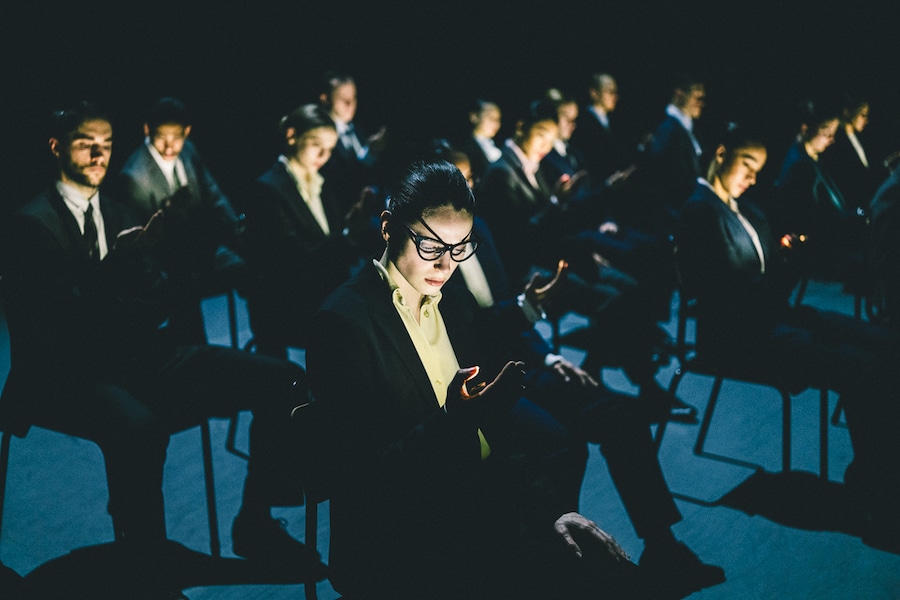
If Figures in Extinction [1.0]: The List is a requiem for the natural world, then its successor, Figures in Extinction [2.0]: But Then You Come to the Humans, holds a mirror up to our own fractured existence.
Shifting focus from the devastation of the environment to the turmoil within human relationships, the piece interrogates consciousness, connection, and the disorienting effects of the digital age. It is an excavation of modern life, peeling back the layers of emotional and psychological alienation that define our era of information overload.
The performance delves into the structure of human thought, navigating the hemispheres of the brain and how we process emotions, memories, and identity. Dancers move through a shifting landscape of ideas, embodying the struggle between logic and intuition, isolation and intimacy, control and chaos.
The choreography oscillates between meticulous precision and moments of raw, unrestrained movement—gestures that seem both deeply personal and universally recognisable.
Crystal Pite’s ability to translate abstract concepts into physical language is on full display here, crafting sequences that feel like echoes of our own anxieties and desires.
Visually, the piece is a marvel. An array of handheld cameras operated onstage captures the dancers from multiple perspectives, creating a dizzying interplay of vantage points—at times soaring above the action, at others plunging into its very core. Live projections magnify fleeting expressions and intimate gestures, forcing the audience to experience both closeness and detachment simultaneously. It is a striking reflection of our hyper-connected yet emotionally distant world, where screens mediate even our most profound interactions.

McBurney’s signature layering of spoken word, documentary fragments, and abstract soundscapes immerses the audience in an auditory storm of voices, news clips, and inner monologues.
This cacophony mirrors the relentless flood of information we navigate daily—a sensory overload that, rather than empowering, leaves us feeling disoriented and powerless. The weight of this realisation settles like a heavy fog over the performance, making its bleak outlook even more crushing than the first act’s meditation on extinction.
At the heart of this piece lies a deep yearning for connection. Dancers move in duets and fragmented clusters, their bodies magnetised toward one another yet constantly pulled apart by unseen forces. The choreography captures the loneliness of contemporary existence—figures reaching, almost touching, only to be separated once more. This culminates in a duet of staggering emotional intensity, a heart-wrenching portrayal of two people striving to bridge an insurmountable divide.
Their movements are urgent, desperate, and achingly tender as if love and understanding might still be grasped if only time, distance, or the modern world would allow it.
Figures in Extinction [2.0]: But Then You Come to the Humans is a searing examination of our era—a piece that does not merely depict alienation but makes the audience feel it in their bones.
It is disorienting, deeply affecting, and, ultimately, a poignant reminder that while we may be more connected than ever, true intimacy remains elusive.
Figures in Extinction [3.0]: Requiem
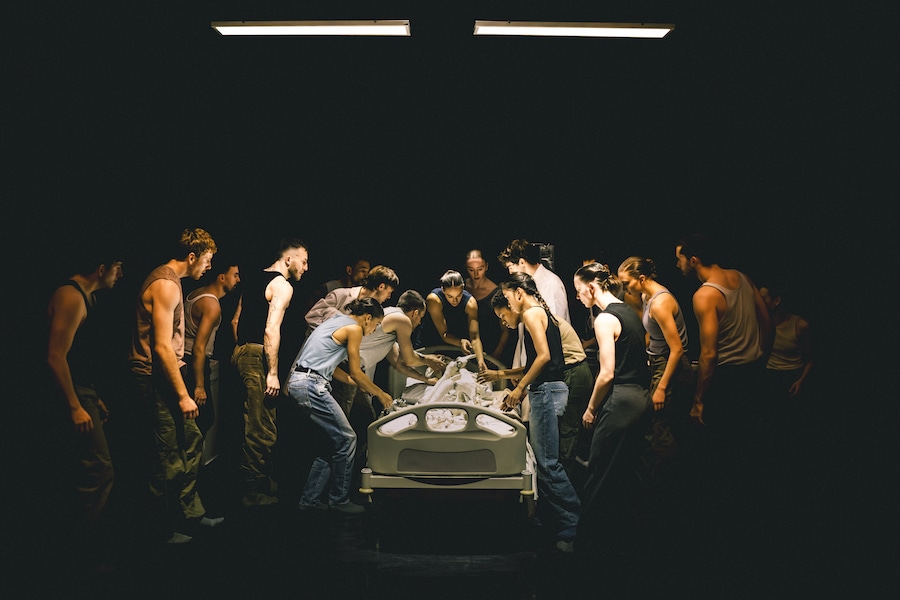
The trilogy culminates in Figures in Extinction [3.0]: Requiem, an exploration of what comes next. The scene begins with a hospital bed, a family grieving, and the end, the final.
This final chapter blends dance with video and spoken word, conjuring visions of potential futures. It asks: what can we build from the wreckage?
The movement here is more fluid, less anguished, as though the dancers are sketching out new possibilities in real-time. McBurney’s text takes a turn towards the poetic, hinting at resilience and regeneration. The multimedia elements heighten the impact—at one moment, a projection of a barren landscape transforms into one bursting with life, a visual metaphor for hope against despair.
The power of collaboration
The fusion of Pite’s movement language with McBurney’s theatrical storytelling creates an experience that transcends dance and theatre, becoming something truly hybrid and unique.
The work is not just seen but felt, its themes resonating beyond the confines of the stage.
Nederlands Dans Theater’s dancers are exceptional throughout, their performances imbued with precision and deep emotional intelligence.
Jay Gower Taylor’s set design is minimal yet evocative, allowing space for movement while subtly shifting to reflect each act’s evolving emotional terrain. The costuming by Nancy Bryant is understated but deeply effective—at times accentuating the dancers’ physicality, at others morphing them into ghostly remnants of the past.
A triumph of contemporary performance
The staging of Figures in Extinction as a complete trilogy at Aviva Studios is outstanding. Anything that involves Complicité is fast becoming a must see, following the success of Drive Your Plow Over The Bones of the Dead at LOWRY in 2023.
The scale of the production, the calibre of the creative team, and the thematic weight of the trilogy make this an unmissable experience.
This is dance theatre at its most profound: urgent, deeply moving, and exquisitely crafted. Figures in Extinction is not merely a performance but a wake-up call—a meditation on loss and survival that lingers long after the final bow.
Whether as a requiem for what has been lost or a vision for what could yet be saved, it is a testament to the power of art to confront the most pressing issues of our time.
In a world where extinction looms over species, cultures, and even human connections, Pite and McBurney have created something vital and necessary. This is not just a dance performance; it is a reckoning. And it is one that should not be missed.
Tickets for Figures in Extinction at Factory International
Figures in Extinction is on at Factory International from 19th – 22nd February 2025. You can get tickets by clicking here
- This article was last updated 1 month ago.
- It was first published on 20 February 2025 and is subject to be updated from time to time. Please refresh or return to see the latest version.
Did we miss something? Let us know: press@ilovemanchester.com
Want to be the first to receive all the latest news stories, what’s on and events from the heart of Manchester? Sign up here.
Manchester is a successful city, but many people suffer. I Love Manchester helps raise awareness and funds to help improve the lives and prospects of people across Greater Manchester – and we can’t do it without your help. So please support us with what you can so we can continue to spread the love. Thank you in advance!
An email you’ll love. Subscribe to our newsletter to get the latest news stories delivered direct to your inbox.
Got a story worth sharing?
What’s the story? We are all ears when it comes to positive news and inspiring stories. You can send story ideas to press@ilovemanchester.com
While we can’t guarantee to publish everything, we will always consider any enquiry or idea that promotes:
- Independent new openings
- Human interest
- Not-for-profit organisations
- Community Interest Companies (CiCs) and projects
- Charities and charitable initiatives
- Affordability and offers saving people over 20%
For anything else, don’t hesitate to get in touch with us about advertorials (from £350+VAT) and advertising opportunities: advertise@ilovemanchester.com

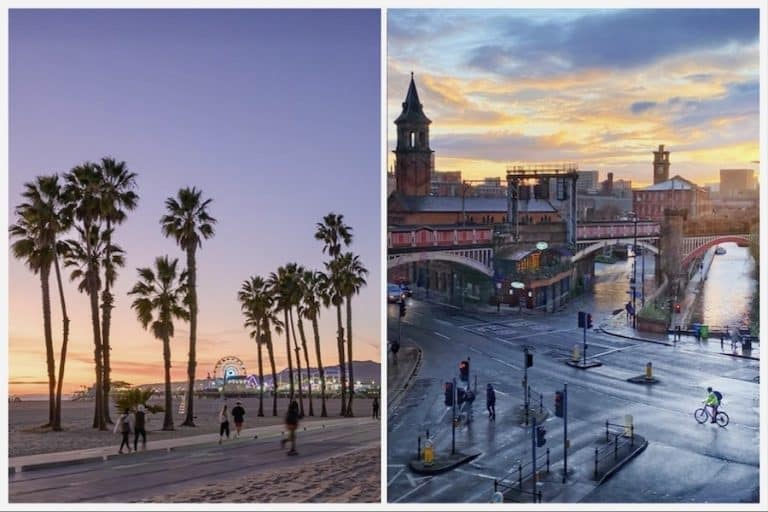
Manchester and Los Angeles prove that opposites really do attract
